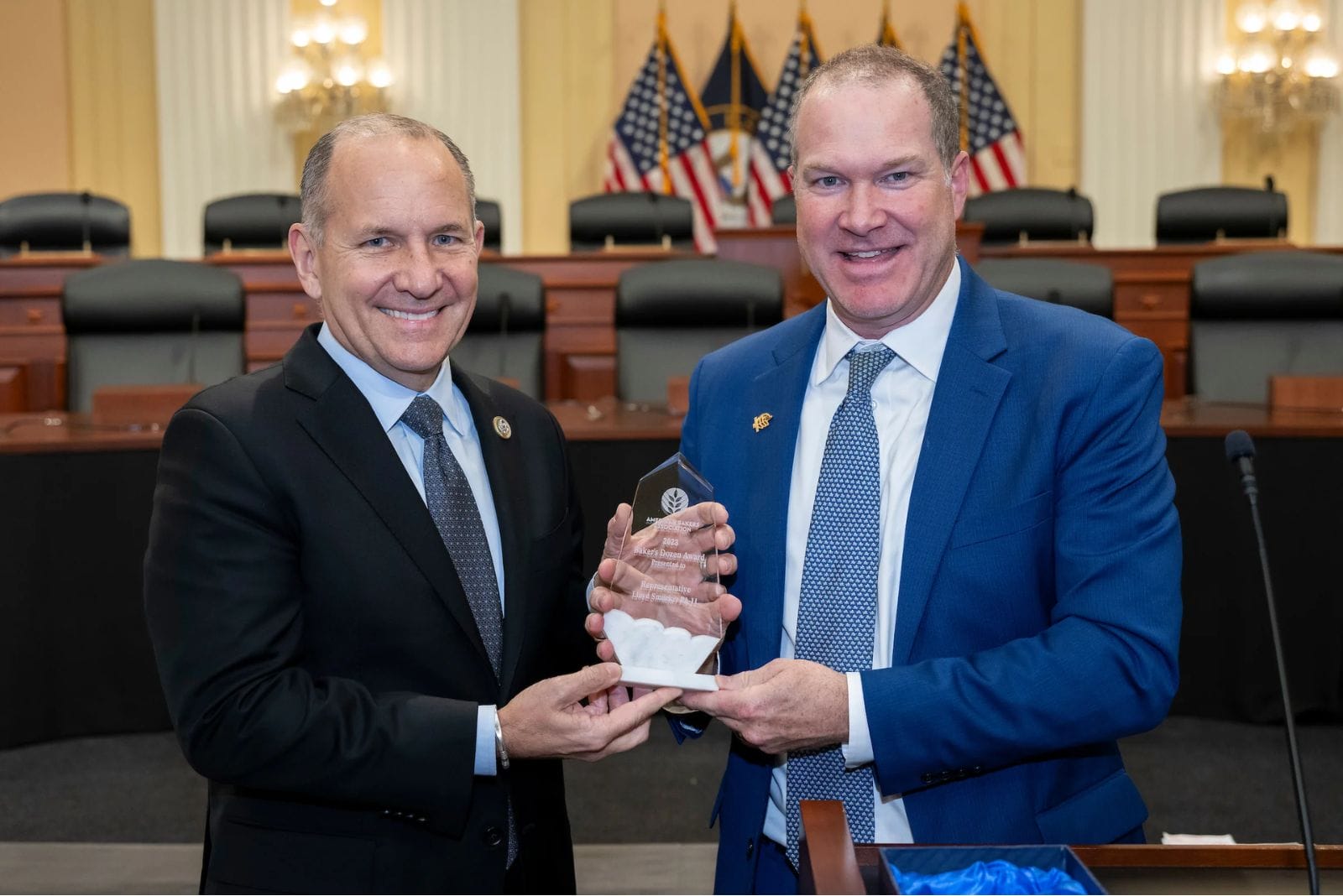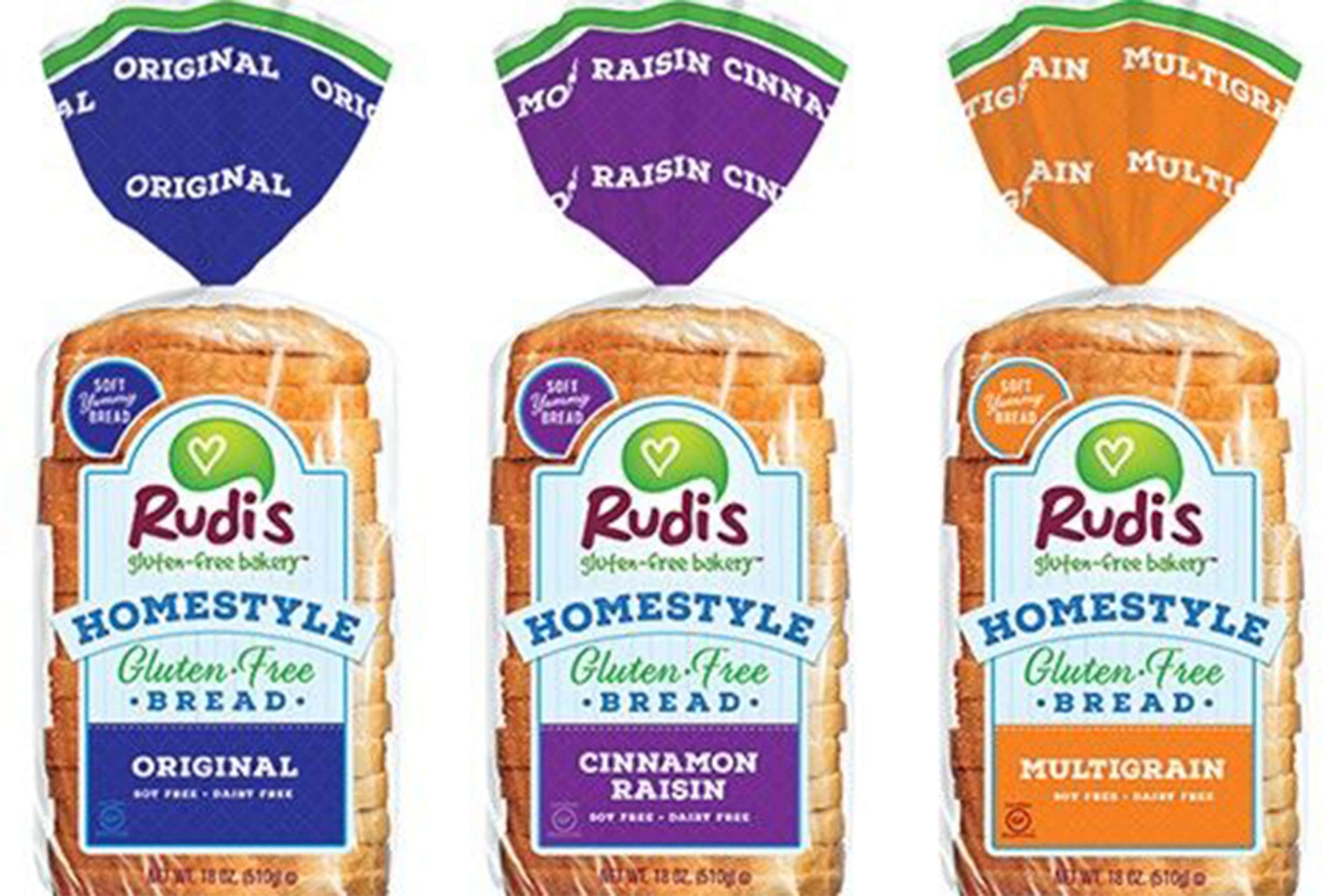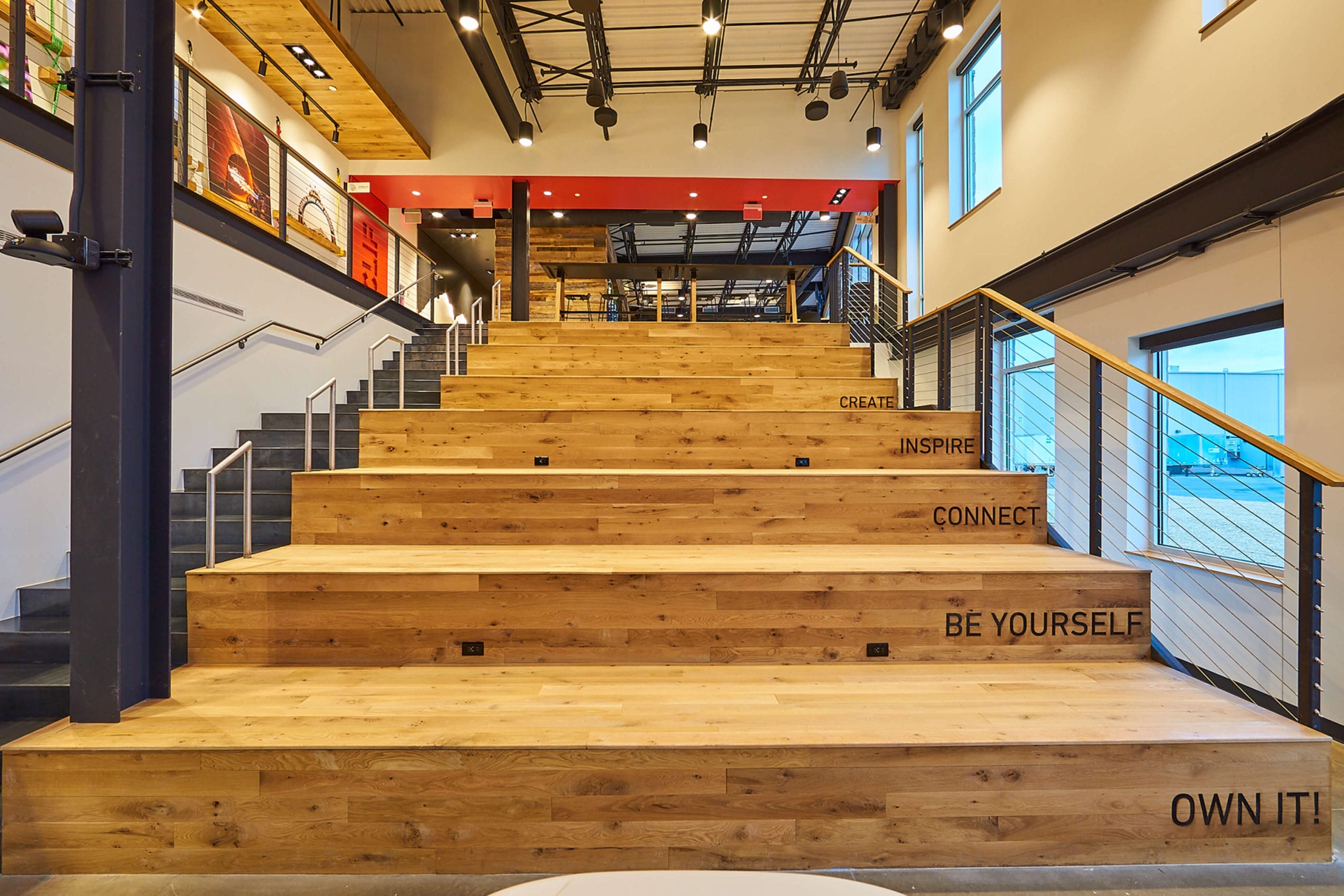It’s no secret that many foodservice operators have faltered in — or fallen victim to — the COVID-19 pandemic. That’s especially true for full-service operators who don’t have carryout options or just can’t profitably operate at occupancy rates sometimes below 25% based on local social distancing regulations. When restaurants have to scale back to stay in operation, consumers just might lose interest.
“Consumers have said they recognize that menus have been pared back, and some favorite items may not be available anymore because operators had to streamline things,” said Shelley Balanko, PhD., senior VP, the Hartman Group. “At that point, it becomes not worth it.”
Then again, many limited- and quick-service establishments have, in some cases, discovered a bit of serendipity, despite the roller coaster of regulations and other roadblocks that came with those long, hard winter months exacerbated by post-holiday COVID-19 spikes.
With the onset of spring and the vaccine’s slow rollout, consumers will likely visit outdoor dining at the earliest opportunity, and that could mean an incremental uptick in business for the short term.
“We’ll be able to dine outdoors again, even if we’re just crawling our way out in many parts of the country,” Balanko said. “Spring will bring outdoor dining, and there will be consumer receptivity to that.”
“Consumers have said they recognize that menus have been pared back, and some favorite items may not be available anymore because operators had to streamline things,” said Shelley Balanko, PhD., senior VP, the Hartman Group. “At that point, it becomes not worth it.”
Last year, it was around mid-summer when consumers started experiencing cooking fatigue. Despite people’s initial gung-ho attitude toward at-home cooking and baking, they many grew weary of it after a few months and headed back to dining out, whether it was on-premise or with carryout and delivery options. On this basis, the same can likely be expected come March. But there’s more to it than that, and it can spell a bounce back.
“When you think about foodservice and all the people who lost their jobs overnight, people became aware of that,” Balanko said. It’s sparked a desire for consumers to keep their local economies alive. It has also brought the food supply chain to the forefront, thanks in part to the pre-pandemic farm-to-fork movement.
“Things like organic have been on consumers’ radar for a long time because they could think about pesticides and herbicides that were not just detrimental to the soil and water supply but also to the farm workers,” Balanko said. “And now we have a whole new layer of understanding about the risks and challenges for workers all along the supply chain.”












